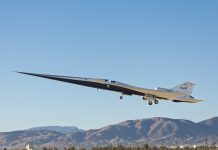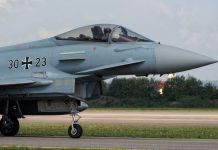The US Navy has equipped its nuclear-powered aircraft carriers with the Joint Precision Approach and Landing System (JPALS) to ensure easier and safer landing of military planes.
Although the Navy declared the technology operational on May 4, 2021, the system has been in place on various US amphibious assault ships since 2016.
JPALS is an all-weather landing system on aircraft carriers equipped with real-time differential correction of the Global Positioning System (GPS) signal and augmented with a local area correction message transmitted to the user via secure means.
A pilot attempting the landing will get an accurate three-dimensional position by comparing the current GPS-derived position with the local correction signal via an Instrument Landing System (ILS)-style display. This makes the difficult landing maneuvers reliable, easier and safer.
Ensuring Safe Landing
Landing a fighter jet on an aircraft carrier is a complex process, which only a trained pilot can attempt. Fighter jets usually have to take a hard turn over the ocean to align directly with an aircraft carrier’s deck before descending upon their final “glide slope” landing approach.
The problems are magnified if there are high winds, rough sea conditions or if it’s done in the darkness of the night.
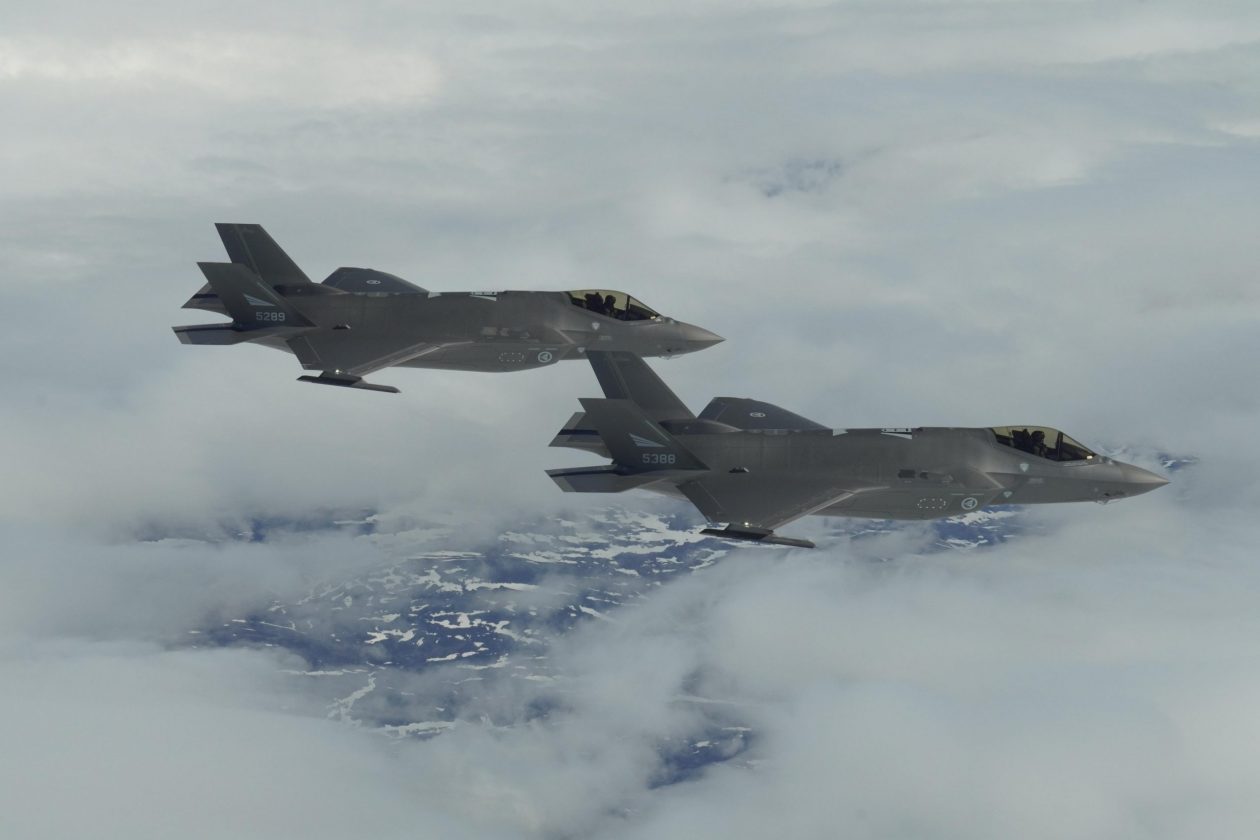
Pilots follow a light on the carrier deck, known as Fresnel lens, to get an alignment as they reduce speed, align the nose of the jet and lower onto the carrier deck.
If the lens is properly “centered,” then pilots can approach for landing, otherwise, they may need to readjust for another pass. With JPALS, the process has become much easier now as this system “integrates with shipboard air traffic control and landing system architectures” to facilitate precise landings, according to the Navy.
The system has been developed by Raytheon Intelligence & Space, an American multinational aerospace and defense conglomerate. The US Navy awarded Raytheon a $235 million contract for 23 units of the company’s JPALS system.
Raytheon claims JPALS can precisely guide aircraft onto the decks of carriers and amphibious assault ships in all weather, including in fog and heavy rain. The system can help aircraft land on ships that are pitching and rolling in rough water, up to Sea State 5 conditions, which includes 1.8m (6ft)-tall waves.
“JPALS has reached a historic milestone, which supports our requirement to deliver, operate and maintain a navy with a focus on our core roles of sea control and power projection,” Naval Airspace and Air Traffic Control Standards and Evaluation Agency director commander Jeff Dugard was reported as saying.

PMA-213 program manager captain Kevin Watkin said – “The achievement of JPALS IOC is a positive reflection on the hard work, innovation, and resilience from a dedicated team of government and industry professionals who have developed and fielded this critical capability to the warfighters.”
Besides the US Navy, JPALS is also used by the US Marine Corps aboard the UK Royal Navy’s HMS Queen Elizabeth and is also installed on the ITS Cavour, an Italian aircraft carrier, the flagship of the Marina Militare, to support their F-35 squadron.
Denis Donohue, vice president of communications and airspace management systems at Raytheon Intelligence & Space, said, “The Cavour JPALS is the first system to be permanently installed on a foreign ship. JPALS will add significant mission capabilities for our international allies and partners who are flying the F-35.”
Key Features Of JPALS
Security: As the system is exclusively used by defense establishments so far, security is of paramount importance. So, the ground system utilizes a secure, discrete data link only received by JPALS equipped aircraft.
Coverage: The total range of the system is 200NM (nautical mile). The surveillance system becomes operational from 60NM and the precision landing guidance starts at 10NM.
Accuracy: A single expeditionary JPALS can handle 50 simultaneous approaches to multiple touchdown points within a 20NM radius of the ground station.
Rapid deployment: Expeditionary JPALS system is portable. The system can be up and running in less than 90 minutes by only two personnel.
Versatility: It is designed for operations in all weather, rugged terrain, and austere environments.
Landing Aircraft On Carriers
The dangerous and high-risk process of landing jets on carriers at sea goes back many years. When the first F-35C ever landed onboard the USS Nimitz off the coast of California in 2014, a pilot explained carrier landing as a “controlled crash”, meaning it involved some force and pressure as part of a small collision.
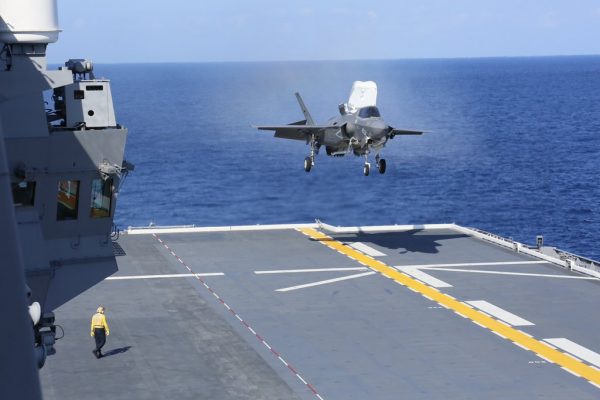
The system has been massively improved in more recent years through the advent of a series of innovations to include night-vision technology, improved navigational avionics, and, in the case of the F-35 fighter jet, a software program called Delta Flight Path.
This system brings computer automation to the landing process in order to greatly assist pilots as they try to stabilize upon approach.
What Are Russia & China Working On?
Russia is currently in the process of overhauling its aircraft carrier Admiral Kuznetsov. The almost 30-year-old giant, which has seen many ups and downs in its long lifetime, is now being upgraded to match its US counterparts.
The overhaul and upgrade of Admiral Kuznetsov are expected to be completed in the first half of 2023. The avionics, flight deck with the ski jump, electric equipment, and the power plant will be replaced. The carrier will also receive a new fully domestic takeoff and landing control system, with the onboard airpower remaining the same.
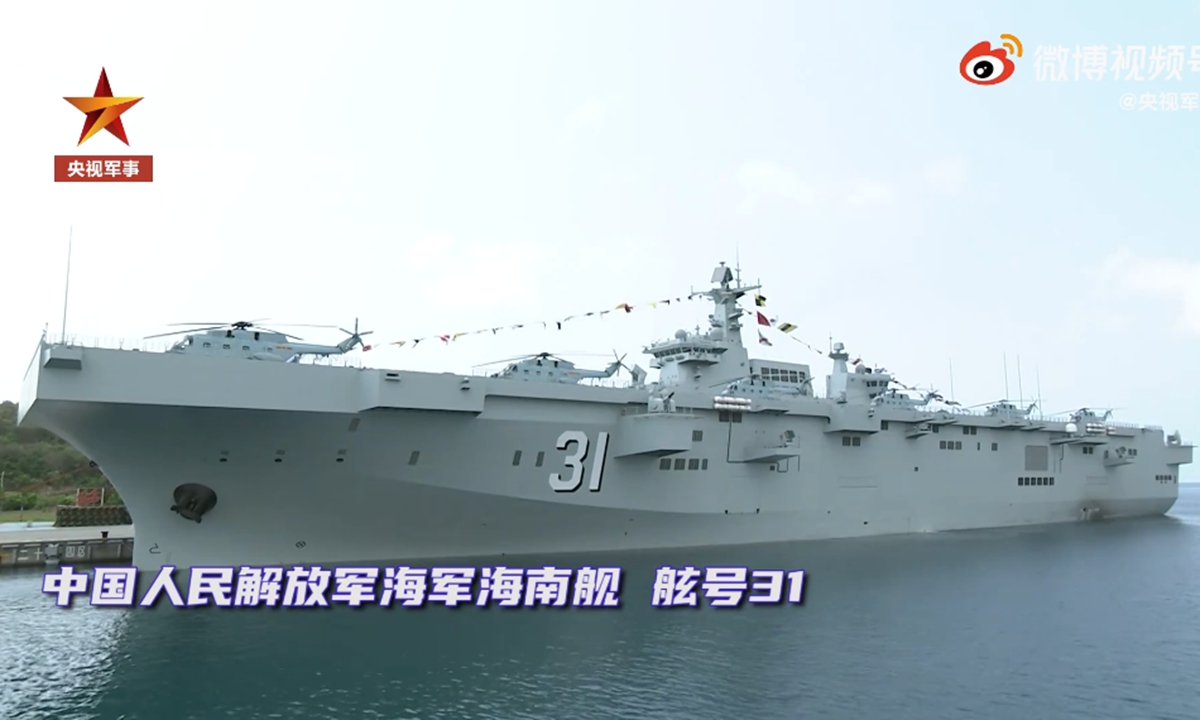
China is also working on building its own aircraft carriers. Type 002 is the country’s first domestically produced aircraft carrier which was launched on April 26, 2017. In February 2017, China started the construction of a Type 003 class aircraft carrier.
Type 003 will have a displacement of around 85,000 tons and be approximately the size of the US Navy’s Ford-class ships. It was reported in early 2021 that the first ship would be launched in the same year, with construction already started on a second ship in this class.
On November 10, 2021, Bloomberg reported that “China is three to six months away from launching its third aircraft carrier”, citing a report by the Center for Strategic and International Studies.
- Contact the author at: ETdesk@eurasiantimes.com
- Follow EurAsian Times on Google News


